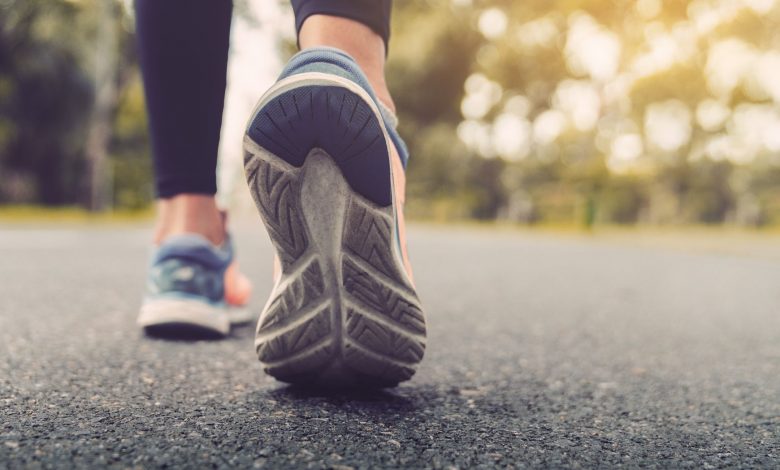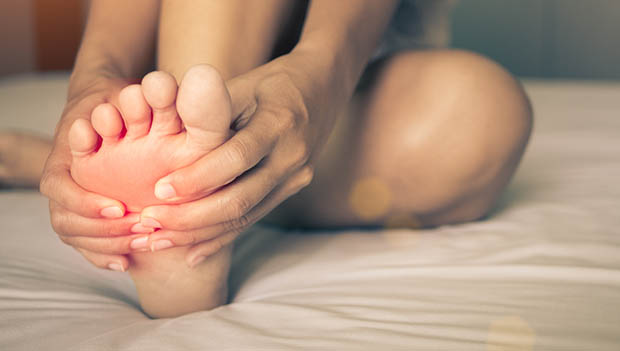

Too often people turn a blind eye on the need to replace their shoes, especially when the shoes are still intact. People baulk at the idea of this seemingly ‘unnecessary’ expenditure. But investing in a pair of good footwear is fundamental for good foot health.
Wearing proper footwear not only protects the shoes but also safeguards you from getting injured yourself. The philosophy behind this is that some shoes may not be appropriate for certain activities. Would you wear slippers for a sprint? Or sneakers into the shower? So tread carefully before you slip on your favourite pair of shoes or not only will you risk damaging them, but you might hurt yourself in the process.
As trivial as it may sound, the orthopaedic surgeon of KMC Medical Centre, Dr. Rajkumar Veerakumaran wants us to understand the gravity of the situation, and why it is important to get yourself the right fit. Good foot hygiene and choosing the right shoes for your feet are two of the best practices to help your feet and your body age gracefully.


In light of the trend of declining foot health among the younger generation as a consequence of wearing the wrong shoes, people as young as 35 are experiencing foot problems. Dr. Raj advises that good footwear practice must start before they set foot into adulthood.
According to him, our feet are akin to a tripod, in that we are propped up by three parts; the heel, outer foot and inner foot. And the ‘tripod’ may degrade as we age.
“The right footwear is the key player in promoting a healthy equilibrium of the fat, bone and arches of the feet. If the fat on our heel loses density and the layer wears out, it won’t be able to withstand the pressure anymore. Hence, we would develop foot problems.
“People need to shift out of the habitual behaviour of putting on similar pairs of shoes wherever they go. One should never go to the gym or perform physical activity in the daily shoes they wear to work. The pressure the activity exerts varies, depending on the distribution of muscles, ligaments and fats of our feet,” he stressed.
Good footwear must have the proper support for the task laid out before you. Otherwise, you could be setting yourself up for injury. Don’t wait till you start experiencing discomfort or pain though, take care of your feet now. Having the correct type of shoes is important, especially if the job requires a lot of walking or leg movement.
Dr. Raj said one big roadblock to adopting good footwear practice is that the design does not meet the eye of the consumers. In many instances, visual appeal beats usability. Aside from that, the lack of awareness in foot health has also contributed to the situation.
Dr. Raj Kumar also shared some of the long term consequences if you leave the pain unattended. The common footwear-related diseases caused by pressure on the foot that affect the skin, ligament and muscles include:
1. Skin surface;
- Callosities, commonly known as ‘corn’, is a plaque of thickened skin due to constant friction on the toe or heel. It can become infected and develop into a very painful wound.
- Ganglion cyst, is a sac with jelly-like fluid on the foot. The lump can form near tendons or joints.
- Implantation cyst, is a solid mass, fluid-filled lump.
- Ingrown toenail, when the nail grows over the edges of the nail and causes inflammation and fungal infection at web spaces (the space between toes). Ingrown toenail can occur due to poor foot hygiene and limited circulation in the feet.
2. Ligaments / soft tissues;
- Tendonitis is the swelling of tendons due to irritation of tendons.
- Foot deformities, also recognised as ‘bunion’ or hammer toe, in which the toe starts to bend as a result of abnormal strain on the foot, such as from wearing tight shoes. Deformities can be developed or are hereditary.
- Plantar fasciitis is a common heel pain triggered by pressure on the arch of the foot. It feels like a bruise or cold tingling sensation on the heel.
Pay attention to the early signs of discomfort and nip it in the bud. The best prevention is to cultivate a good footwear habit and hygiene. He has come across many with foot diseases who refuse to walk as a result of the discomfort from their ailment, but not doing so has an adverse effect on recovery. In fact, walking is the part and parcel of rehabilitation.
by Gisele Soo


